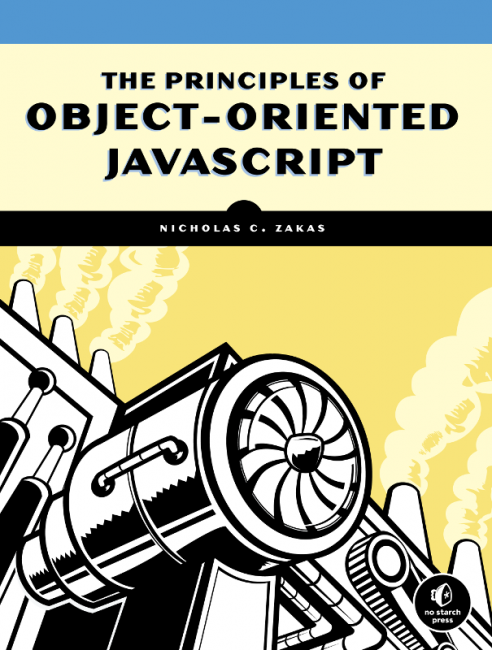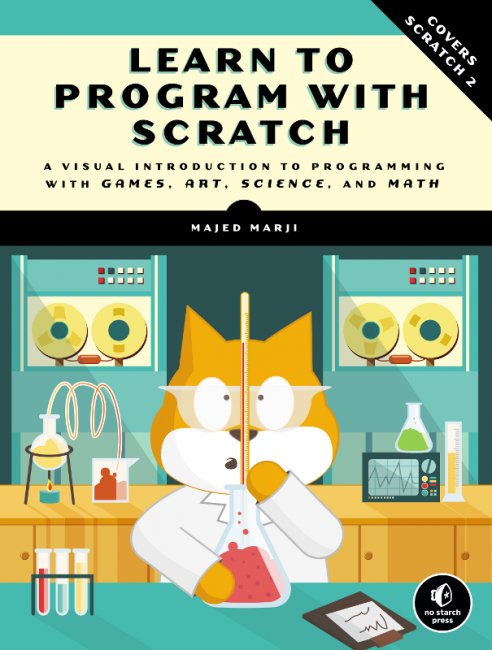In general, I have a lot of positive things to say about HL7 FHIR, an emerging healthcare standard with deep roots in both Web-oriented Architecture (WOA) and the HL7 Reference Information Model (RIM). Along with a focus on REST, URLs, granularity and so forth, one idea that typifies WOA is a term coined by Tim O'Reilly back in 2004, the Architecture of Participation, in which he describes the participatory nature of the Worldwide Web, which was successful because it expanded participation in technology and information sharing far beyond the insular community of software developers. It worked because participation was expanded to include anyone. And this is important because without participation, there can be no success.
You may ask, can you apply this principle of Architecture of Participation to Healthcare? Good question, and I think this is where the "a-ha" moment comes in, and why when people start to think about HL7 FHIR, they kick themselves and say "well, it's about time," because the fact is, the Architecture of Participation is built right into the RIM: first day on the job with HL7, someone hands you a primer and explains that it's very simple, the RIM describes Entities in Roles Participating in Acts. These are the RIM base classes, and it's right there in the centre: Participation. HL7 describes clinical workflow, and workflow is performance. It is Entities and it is Acts, and the associations between these are mediated by Roles.
And there in the middle is Architecture of Participation.
View Source. Blue Button. Ten years' worth of knowledge in the RIM. Which is why I am excited for the next ten years.
Thursday, March 27, 2014
Saturday, March 22, 2014
Object-oriented JavaScript as a language for learning
I have been reading Nicholas Zakas' Principles of Object-oriented JavaScript, from No Starch Press. I have been using JavaScript for many years, and to this point, the books I have found most useful are the essential "rhino" guide and Doug Crockford's "Good Parts," both from O'Reilly, because they were the books that first turned me onto the awesome potential of JavaScript as a declarative language that also supports inheritance, and then steered me away from the dangers of some of the patterns and habits into which I had fallen.
 Zakas writes well - this is not his first book - and I love the way this book is organized around well thought out descriptions of core ideas; for instance, what is an Own Property, and why would you need one, or how does the Prototype Chain actually work. This is a quick read that really provides you with everything you need to then move onto a framework specific book on Backbone or Angular, whatever you need for your particular project; and really this is where this book shines, when it digs down into some of the more esoteric features of the JavaScript language, but never leaves stops answering the question, when is this going to be important when I am writing actual code. This is the book I would recommend, for instance, to any of my colleagues who is making the transition from server-side Java to client-side JavaScript. Quite simply, Zakas answers the questions you are going to ask with well though out answers.
Zakas writes well - this is not his first book - and I love the way this book is organized around well thought out descriptions of core ideas; for instance, what is an Own Property, and why would you need one, or how does the Prototype Chain actually work. This is a quick read that really provides you with everything you need to then move onto a framework specific book on Backbone or Angular, whatever you need for your particular project; and really this is where this book shines, when it digs down into some of the more esoteric features of the JavaScript language, but never leaves stops answering the question, when is this going to be important when I am writing actual code. This is the book I would recommend, for instance, to any of my colleagues who is making the transition from server-side Java to client-side JavaScript. Quite simply, Zakas answers the questions you are going to ask with well though out answers.
Beyond this, all the books I have seen from No Starch Press are beautiful to look at. My own background is in Literary Theory in addition to Information Technology, and I loved my graphic novel guides to Derrida, Foucault and Freud, so much so that I gave them all away to people who wanted to know more about what I was studying. Like those graphic novels, I imagine the books from No Starch Press are a delight to give away; they look great. In addition to the aforementioned Java programmer colleagues, I also think Zakas' book would be very apt for a 15 or 16 year old who is interested in programming, as would any number of No Starch's "manga guides".
In short, good code examples, short chapters, great discussion in depth of core ideas with well
 thought out descriptions of the things that make object-oriented JavaScript idiosycratic, and a book I find myself going back to and recommending for others, particularly people I know will be going on to use JavaScript with framework support like Angular.
thought out descriptions of the things that make object-oriented JavaScript idiosycratic, and a book I find myself going back to and recommending for others, particularly people I know will be going on to use JavaScript with framework support like Angular.
 Zakas writes well - this is not his first book - and I love the way this book is organized around well thought out descriptions of core ideas; for instance, what is an Own Property, and why would you need one, or how does the Prototype Chain actually work. This is a quick read that really provides you with everything you need to then move onto a framework specific book on Backbone or Angular, whatever you need for your particular project; and really this is where this book shines, when it digs down into some of the more esoteric features of the JavaScript language, but never leaves stops answering the question, when is this going to be important when I am writing actual code. This is the book I would recommend, for instance, to any of my colleagues who is making the transition from server-side Java to client-side JavaScript. Quite simply, Zakas answers the questions you are going to ask with well though out answers.
Zakas writes well - this is not his first book - and I love the way this book is organized around well thought out descriptions of core ideas; for instance, what is an Own Property, and why would you need one, or how does the Prototype Chain actually work. This is a quick read that really provides you with everything you need to then move onto a framework specific book on Backbone or Angular, whatever you need for your particular project; and really this is where this book shines, when it digs down into some of the more esoteric features of the JavaScript language, but never leaves stops answering the question, when is this going to be important when I am writing actual code. This is the book I would recommend, for instance, to any of my colleagues who is making the transition from server-side Java to client-side JavaScript. Quite simply, Zakas answers the questions you are going to ask with well though out answers.Beyond this, all the books I have seen from No Starch Press are beautiful to look at. My own background is in Literary Theory in addition to Information Technology, and I loved my graphic novel guides to Derrida, Foucault and Freud, so much so that I gave them all away to people who wanted to know more about what I was studying. Like those graphic novels, I imagine the books from No Starch Press are a delight to give away; they look great. In addition to the aforementioned Java programmer colleagues, I also think Zakas' book would be very apt for a 15 or 16 year old who is interested in programming, as would any number of No Starch's "manga guides".
In short, good code examples, short chapters, great discussion in depth of core ideas with well
 thought out descriptions of the things that make object-oriented JavaScript idiosycratic, and a book I find myself going back to and recommending for others, particularly people I know will be going on to use JavaScript with framework support like Angular.
thought out descriptions of the things that make object-oriented JavaScript idiosycratic, and a book I find myself going back to and recommending for others, particularly people I know will be going on to use JavaScript with framework support like Angular.
Thursday, March 13, 2014
HL7 FHIR Questionnaire resource
I have found David Hay's posts on the HL7 FHIR Questionnaire resource indispensable. One thing I find especially exciting is how with FHIR you can build a server API that supports XML and JSON, completely within the standard, then work with whichever is appropriate. You can also build a simple application that, for instance, publishes a read-only Questionnaire, and if at some time in the future you need to persist survey responses, the FHIR resource already supports that. It's a particularly agile standard in this respect.
Subscribe to:
Posts (Atom)



